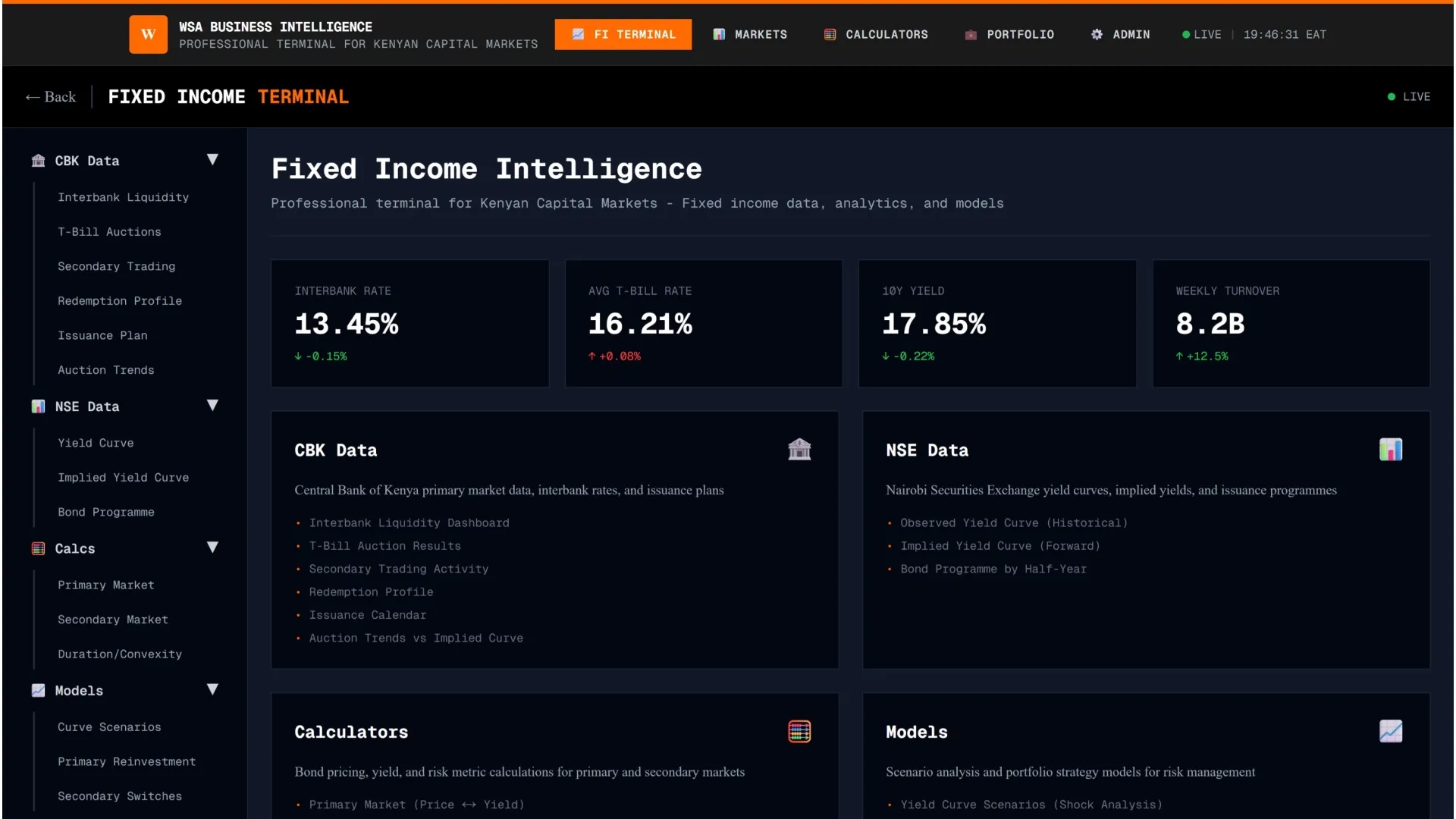Efforts by major telcos in Kenya to grow their 5G connection footprint are paying off as the number of subscriptions grew from 739,020 in the fourth quarter 2023/2024 to 926,382 in the first quarter 2024/2025, a 25% surge, according to the Communications Authority of Kenya (CA).
- •Mobile data subscriptions in Kenya grew from 52.54 million in June 2024 to 53.68 million in September 2024, remaining a crucial facet for internet adoption in Kenya.
- •4G internet remains the most popular connection in Kenya with 31.18 million subscribers up from 29.39 million in the last quarter of 2023/2024 while 2G and 3G networks have been on a decline since 2023.
- •5G internet was first launched in October 2022 by Safaricom, followed by its competitors Airtel and Equitel who joined the race in 2023 and 2024 respectively.
The demand for 5G networks has been driven by the growing popularity of remote working, online learning, streaming entertainment content, and e-commerce. The major barrier for 5G adoption is incompatibility with older smart phones but with the rising popularity of loaned gadgets and per-day financing models, this challenge is likely to be transcended.
The growth in internet subscriptions has reshaped consumer habits, spelling a grim future for broadcast services like Digital Terrestrial Television, Direct-to-Home Television and Cable Networks. Most of the networks under broadcast services did not register remarkable growth in subscribers – none growing at more than 5% during the period. The industry saw a 4% decrease in subscription from 6.39 million in June 2024 to 6.13 million in September 2024.
Azam TV subscriptions dropped considerably from 81,553 in June to 26,723 in September. Star Times DTH subscription fell by 48.9% and Zuku dropped by 30.9%. DSTV subscribers in Kenya hit 1.2 million in September, a slight 1.3% surge from 1.19 million in June. Go TV subscription only rose by 0.5%.
The broadcast services have faced stiff competition from streaming services such as Netflix and Showmax which are significantly cheaper and offer more flexibility. They also face competition from free-to-access platforms such as YouTube, forcing many to adapt their business models to access online audiences, and revenues, outside traditional broadcast services.




